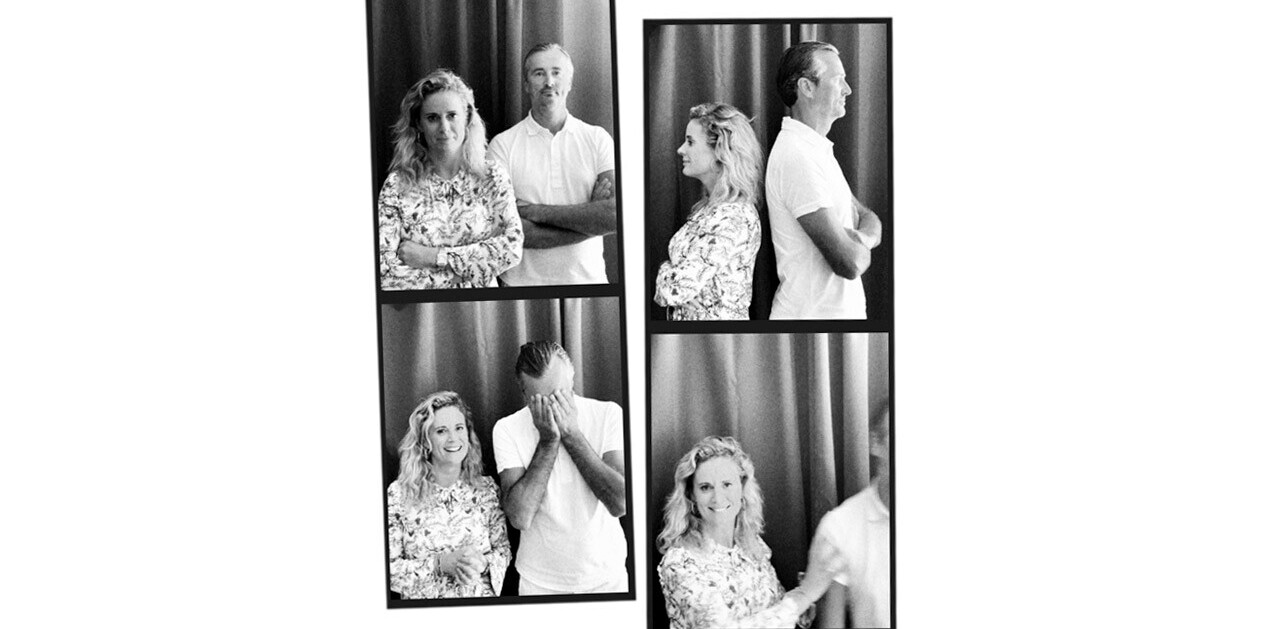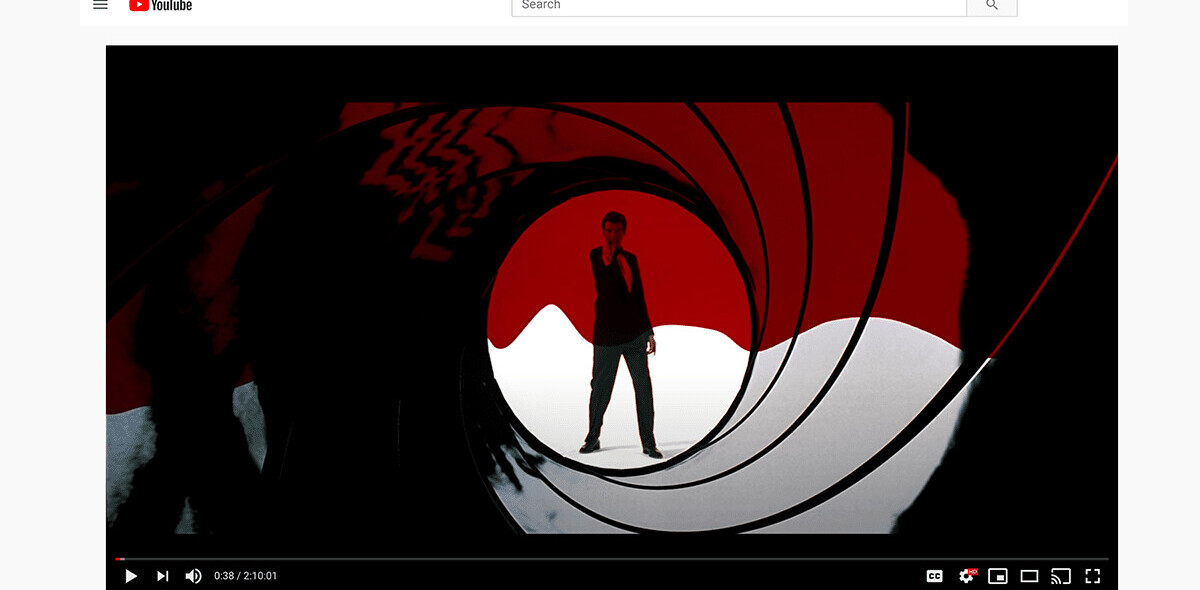
Editor’s note: This is a guest post by Ed Zitron, the founder of EZPR, an east coast USA media relations firm focusing on consumer tech startups. He has been published by Forbes, The Wall Street Journal, Eurogamer, PC Gamer and PC Zone. His book, This Is How You Pitch: How To Kick Ass In Your First Years In PR, will be released in late Spring 2013.
PR is scary.
People pay you money and then expect you to get things written about them. Some of them think that their product is the most important thing in the world. They’re saying that they’re as important as Twitter. They send you articles about Twitter, Zynga and Facebook and say “Hey, we’re as cool as them, we should be featured. Why aren’t we there.” This leads to, much like a lovestruck teenager, some PR people to do some crazy things out of desperation or from not knowing any better. The result is pitches sent out to hundreds of reporters that are at best annoying and at worst offensive.
As a side-note – my last article got a fair amount of “duh, that’s obvious.” If they’re obvious points, that’s superb, but many reporters can attest to all of these things being as common as humans breathing air and it being dark at nighttime.
Here’re some things that you, or maybe your peers, have been doing to make your pitches awful.
1. They’re really long
Alright, seriously, in what universe do you think that anyone needs 450 words about an update to a mobile app? Unless it’s something really amazing, in which case you still don’t need to give it 450 words. It’s all perception – or a word-based version of the Dobler-Dahmer Theory. If you care about something, of course you’ll read 450 words about it. If you’re being sent it by some random person being paid to send you an email about it, you probably won’t.
By sending an overly-long email, you’re most likely going to get ignored, and if they skim read, there’s so much to get through that they’ll inevitably miss anything interesting in it.
2. They’re full of funky formatting
You never need to bold or italicize anything in a pitch. If it needs emphasis, well, do it in your writing. It comes off as phony and businessman-like. Maybe once in a while you want to stress something with italics, but good lord don’t bold the client name, the product name, the spokesperson name, or anything like that.
The embargo date? Sure, that makes sense. Nothing else, though. And good lord just make your text black. Blue with weird sizing and such will come out looking wonky 9/10 times.
As a side-note, the most egregious examples of HTML abuse come from PR signatures. Four lines of colorful text followed by someone’s Twitter handle and the company’s logo, maybe even a spurious award like “BEST MID-RANGE LOW-CALORIE PR AGENCY 2012” and a 5-line ‘don’t print this’ faux-plea. If you want to come off as false and terrible, this is the best way to do it.
3. Everything’s Super Exciting!!!
Your marketing platform for whatever-it-is might be the most wonderful thing in the world to your client, but to the average reporter, it’s probably super-boring.
At best it might be interesting, but you’re not going to win them over with your enthusiasm. Adding an exclamation mark to the end of each sentence, telling them that it’s going to revolutionize something, or saying that your product is ‘uncanny,’ or anything that is approaching your product with an inhuman amount of excitement is just a waste of energy and time.
You may think that showing your excitement is going to somehow transmute it onto the reporter. Instead you come off as a big fake. Unless you’re actually that excited in which case good for you and also calm down.
4. They’re full of awful quotes
“Our app lets you do this that and that. We’re really excited about the X Y of Z. It’s crazy that we were able to launch an app in a climate where all it takes is $99 and the ability to make an app. I don’t know how we did it.” This is how interesting your quote looks when you add it to your pitch or press release.
I’d actually go as far as to say that the majority of quotes in press releases or pitches are totally useless. And to assume that one should be in a pitch is sheer folly.
5. They sound like an infomercial
“Let’s face it,” “Do you ever feel…” “With Valentine’s Day approaching…” “In today’s world…” all of these introductions are bad. They’re bad because if you were talking to a friend about something you wouldn’t lead into the conversation with it. In the same way, you shouldn’t lead into a pitch with it.
And then there are the words you use – ones like trendy, leader, fragmented, effortlessly and consumer, the worst word in the world to refer to a person. You use them to construct a pitch that emotionally distances yourself from everything around you, deliberately or not.
The word consumer is probably the worst – and I’m guilty of using it too, because clients do – but really, consumer? Have we got to a point in our lives where we have diluted the idea of a person into a passive object that merely consumes?
The long and short of these points is that they distance you and your client from the reporter. You’re getting 30 seconds of airtime with them on your best day. Even if your pitch is super-accurate, well-timed and carefully-written, you may still get ignored. By pitching badly, you’re making them give up before they even get to your client.
And who knows if their reaction will be to send you to the magical world of Spam.
Also read: PR people! Here are 5 ways to make tech reporters like you more
And: Why you really shouldn’t announce your big startup news at SXSW. Really. Please.
Image credit: Thinkstock
Get the TNW newsletter
Get the most important tech news in your inbox each week.




